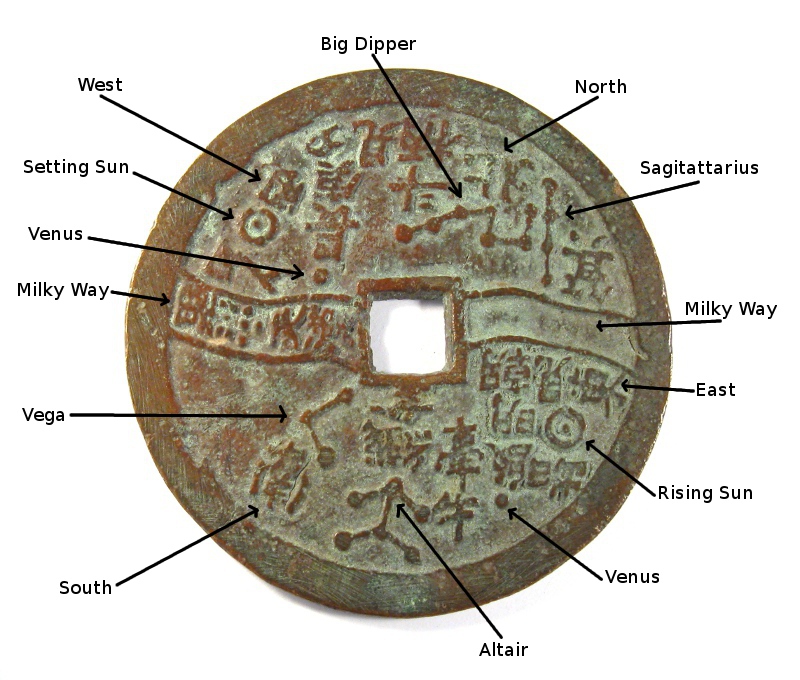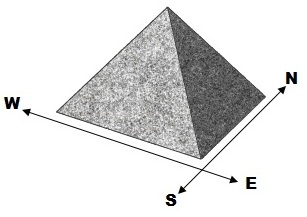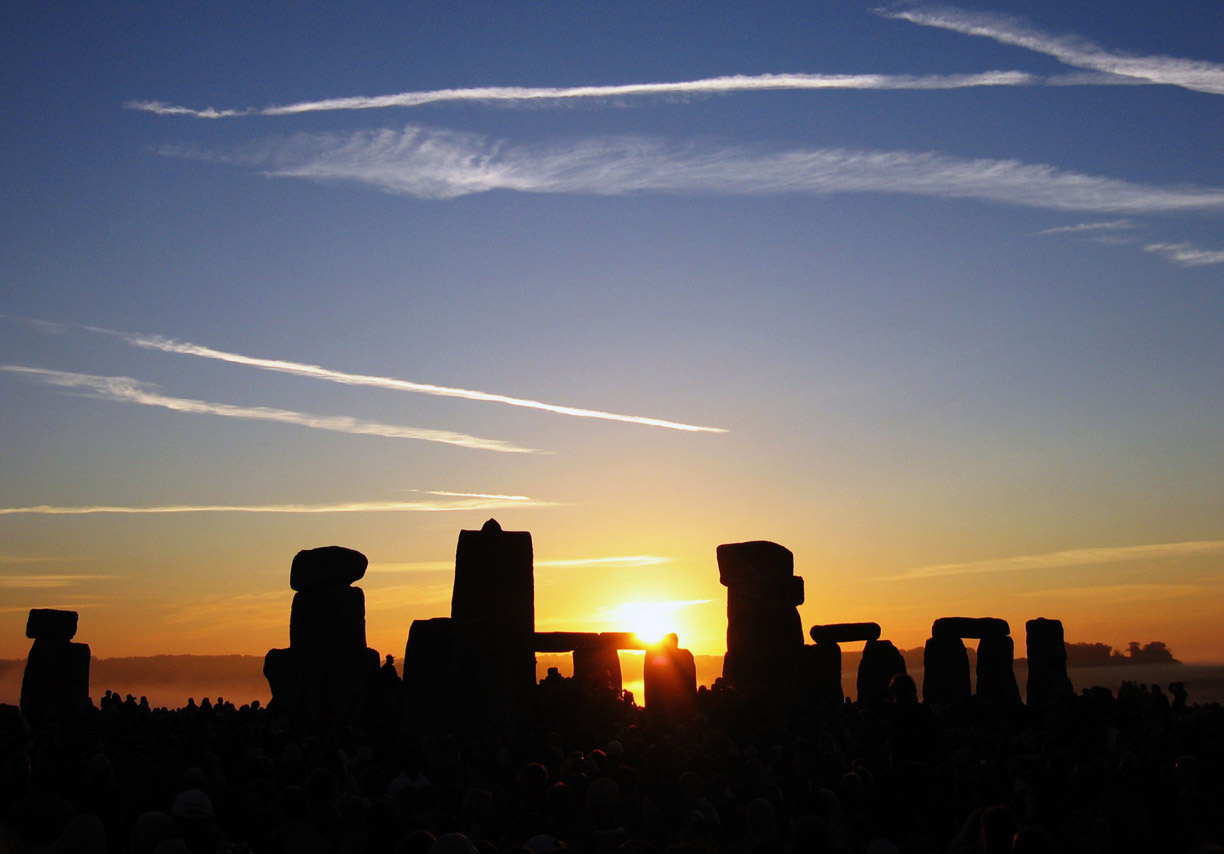Fundamentally, being a stargazer makes folks like me question every aspect of the realm of astronomy in today’s world, where we have revolutionary tools like the “Hubble Space Telescope,” robots moving on Mars and other probes like Voyagers in the far regions of interstellar space. ‘Astronomy’ being one the oldest world’s science and then ‘archaeology’ is the study of prehistory and old, eons ago history of first humans; how they lived geologically, biologically, and environmentally. We recover and try to find answers from the fossils, stones, and overall leftover remains throughout the landforms of the Earth’s surface. Numerous times, I wonder what did our ancestors think of the sky? The more previously visible constellations? What their thoughts would have been about the other celestial bodies?
The particular and very non-general subject I’m here to discuss is “Archaeoastronomy.” You should not confuse it with the “History of Astronomy” solely. In archaeoastronomy, we mostly study the practices of our oldest ancestors; celestial lores, myths, concepts, religious aspects, and overall cultural views they had with relation to the visible “Sky.” It’s not the ‘history of archaeoastronomy’ but more vividly the “anthropology of astronomy, as one would say.

In the sky, we already have the known constellations, where the pattern recognition – a gift of human evolution – created “Stars” into constellations such as the Gemini, Cancer, Leo, Virgo, Libra, Scorpius, Sagittarius, Capricornus, Aquarius, and Pisces; only by our creative imagination. Where many associated our stars through religious symbols, some also related it with the events on earth such as rainfall, storms, or any natural events; regardless of the reality or whatever the actual science really is.
We can also witness the greatest monuments and masterpieces built thousands of years ago, alight with astronomy. ‘The Great Pyramid of Giza,’ in Egypt facing different cardinal directions with its corners so perfectly, only 0.067 degrees counterclockwise from perfect cardinal alignment, still close to perfection. We have also seen the ‘Venus alignment with the magnificent Maya Palace of the Governor at Uxmal in Yucatan.’ Sums up how our ancestors were captivated and related to the astronomical phenomenon, even when there were only naked eyes to observe and study.

The most astonishing “Stonehenge” Monument in England has its relatability and precise connection with the sunrise of the summer solstice and sunset of the winter solstice. It shows how ancient humans were curious and close with the knowledge and applications of sky objects. This study of old-time astronomers has boosted into quite active interdisciplinary questions, curiosities, and fields to study, encouraging new viewpoints about the history of our cosmos and the interaction of our species in the past.
We have also established facts about the ancient and native calendar systems, and we found engraved in the stones, concepts they had about space and time; the ideas of geocentric system changing into the heliocentric system, and even an expanding universe, the geometrical shapes they engraved in ruins followed by constellations, surveying, and navigational techniques to find ways in the desert. It all started thousands of years ago, a result of overall human evolution and our achievements in astronomy that stands today as an unstoppable and infinite area of research and wonder.
Also Read: Uncovering the Secrets of Archaeology with Bibhu Dev Misra

Fouz Siddiqui is a writer, academic and scientific management person. Presently, he is a Co-founder and Chief Information Officer at Scientia Magazine. As CIO, he oversees the implementation and strategization of Scientia’s technological and scientific vision. Concurrently, In academia, he holds a Lecturer and QM position at ATH – IST. As an academic, his research interests are Exoplanetary Sciences within Astronomy. Furthermore, he also works with Kainaat Studios, as its Manager of Science Outreach.

